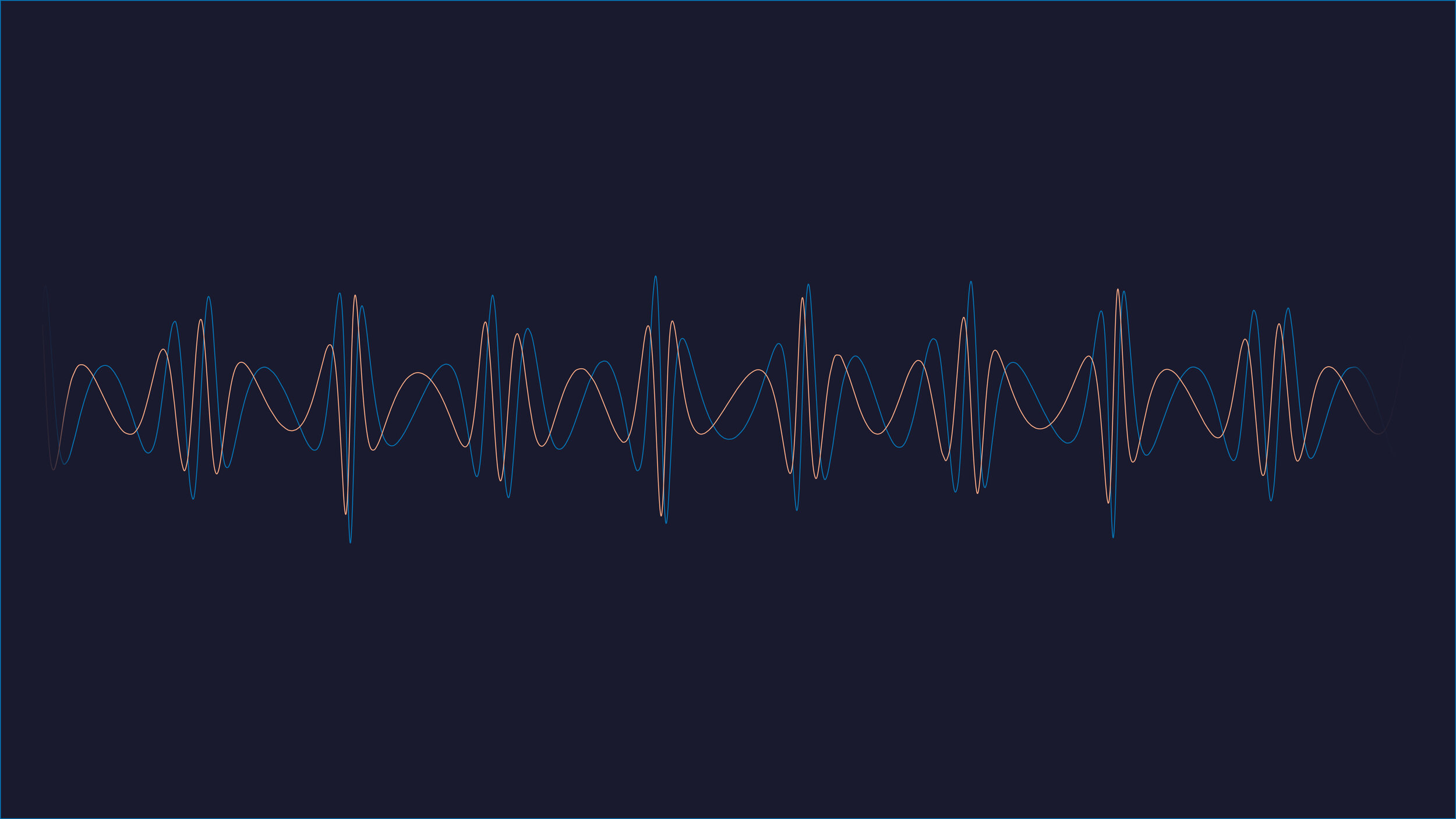
Research
Image created with the Black Hole Perturbation Toolkit FastEMRIWaveforms package.
Extreme-mass-ratio-inspirals (EMRIs)
The increasing maturity of space-based gravitational wave detector concepts has in part motivated considerable work in the last fifteen years on self-consistent calculations of extreme-mass-ratio inspirals (EMRIs). Such a system consists of a small compact object of mass 1 -10 solar masses (e.g., neutron star or black hole) moving on a decaying orbit about, and ultimately into, a supermassive black hole of mass M ∼ 100 solar masses.
An EMRI system evolves slowly and gradually due to the backreaction from gravitational waves emitted from the smaller of the two bodies. These gravitational waves will be within the millihertz frequency band, a part of the parameter space only accessible by the future space-based Laser Interferometer Space Antenna (LISA). The problem in detecting such signals is that signal-to-noise-ratio is very small and therefore we need very accurate theoretical waveform templates if we are to extract them from the LISA data stream.
Why do we want to extract these gravitational wave signals if it is so difficult? It is expected that the inspiral of the smaller body into the larger black hole will take place over such a long period that it will spend a substantial amount of time (estimated to be ~ 100000 cycles) within the strong-field regime of the central, massive black-hole. Thus, any gravitational wave signals will provide an intricate window into this regime and hence one will be able to extract information such as the mass and spin of the central black hole. EMRI waveforms, therefore, will provide one of the most strongest tests of general relativity.
Second-order gravitational self-force
EMRIs naturally lend themselves to a perturbative treatment through black hole perturbation theory and accompanying gravitational self-force calculations. Here the smaller body is treated as a perturbation of an exact black hole solution and this leads to a solution in terms of a formal power series in the mass ratio.
Self-force theory is based on this perturbative expansion and is therefore limited by the order to which it is carried out. The smaller body acts as a source of perturbation of the larger black hole’s spacetime, and that perturbation exerts a gravitational self-force back on the smaller companion such that it drives it away from geodesic motion.
If we are going to accurately extract the parameters of the system from an EMRI waveform for LISA, we must carry out this expansion to second perturbative order. Over the past two decades there has been tremendous progress in self-force calculations but computations at second order are still in their infancy. In particular, I am interested in how to compute these second-order waveforms for systems where the smaller body is in an eccentric orbit around the primary black hole.
Recent Projects
-
Second-order methods for eccentric orbits
The first full implementation of a complete second-order self-force calculation was recently completed by Pound et al. We now have results for gravitational binding energy and gravitational wave flux but crucially this is for the simplest case one can think of: quasicircular orbits in a Schwarzschild background. Our aim, if we are to provide something practical for LISA, is an adiabatic waveform for a generic orbit in Kerr spacetime. One of my main projects has been looking at how to extend this calculation to eccentric orbits. I have given two talks on this research at Capra23 and BritGrav21 with a publication on this work due to be released shortly.
-
Second-order Teukolsky
As part of a much larger collaboration, we have been working on another extension to the current second-order calculation: a second-order Teukolsky calculation for quasicircular orbit in Schwarzschild spacetime. It is hoped that this pathway will provide us with an easier route for a second-order calculation in a Kerr background. I recently gave a new talk on the numerical implementation such a calculation once all the relevant perquisites have been found at Capra24. This project is currently ongoing.
-
Hyperboloidal slicing
Owing to their inherent simplicity, black hole spacetimes, be it Schwarzschild or Kerr, are typically represented in coordinates \((t, r, \theta, \varphi)\) in which the standard Cauchy surfaces extend between the bifurcation sphere, \(\mathcal{B}\), and spatial infinity, \(i^{0}\). It is actually preferable to instead consider geometrically favourable space like hypersurfaces that extend from the future event horizon, \(\mathcal{H}^{+}\), to future null infinity, \(\mathscr{I}^{+}\). They are known as horizon-penetrating, hyperboloidal slices. In an upcoming, myself and small group of collaborators demonstrate that such a framework can be readily applied to self-force calculations and resolve issues found in the current implementation of the second-order calculation. This will be released very soon.
